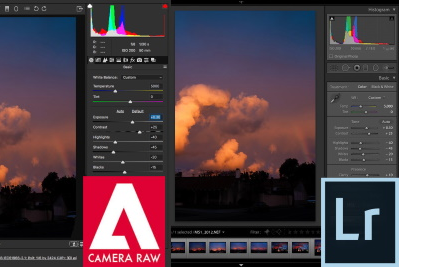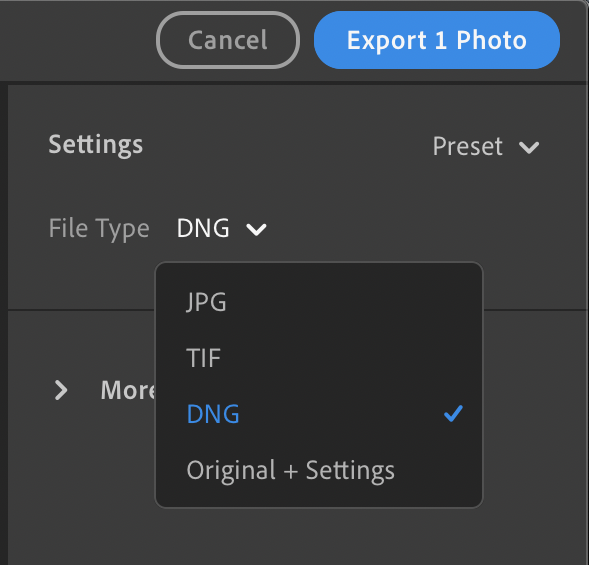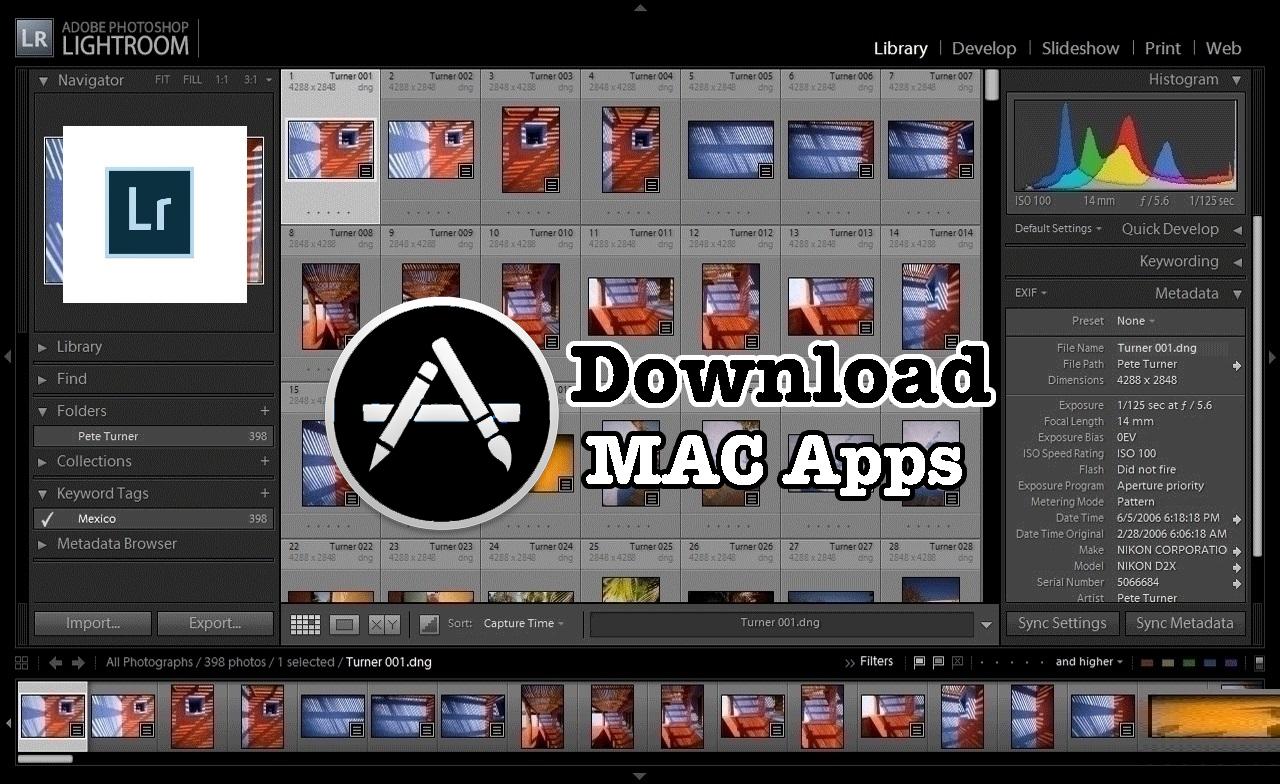

These include premium packages, cheap alternatives, and even some options that cost nothing at all, being completely free! How to choose the best photo-editing softwareīefore you make your choice, it’s worth considering what you really need out of your photo editor. That’s why we’ve put together this list of the best photo-editing software with no subscription required.ĭrawing on the experience of our expert technical team – who have used all sorts of image-editing software – we’ve picked a range of options. However, with monthly outlays starting at £10 for the photography plan, it can be an annoying ongoing expense.


Adobe’s Lightroom and Photoshop software have long been considered the best choice for pros and amateurs – with good reason. Photoshop on its own cannot open RAW files (instead, you need other file types like JPEG or PNG), but it does feature the Adobe Camera Raw plugin, which doubles as the photo editing software for RAW images.Post processing is a huge part of shaping the final image in digital photography, and there are loads of programs out there.

Photoshop’s capabilities are too extensive to list, but it enables users to create more detailed, in-depth edits than Lightroom. While Lightroom is designed for photographers specifically, Photoshop is made to accommodate not only photographers but also graphic designers, architects, illustrators, 3D artists, and more. The Adobe Creative Cloud version of Lightroom is a cloud-based, cross-platform version meant for beginners, and you can use it across desktops, web, mobile, and tablets like iPads.Īdobe Photoshop is a specialized image editing program that goes far beyond the editing tools available in Lightroom. Lightroom Classic has additional functions but is only available on desktop PC (and is the most-used version). Lightroom has two versions: Lightroom Classic and Lightroom (formerly Lightroom CC).


 0 kommentar(er)
0 kommentar(er)
